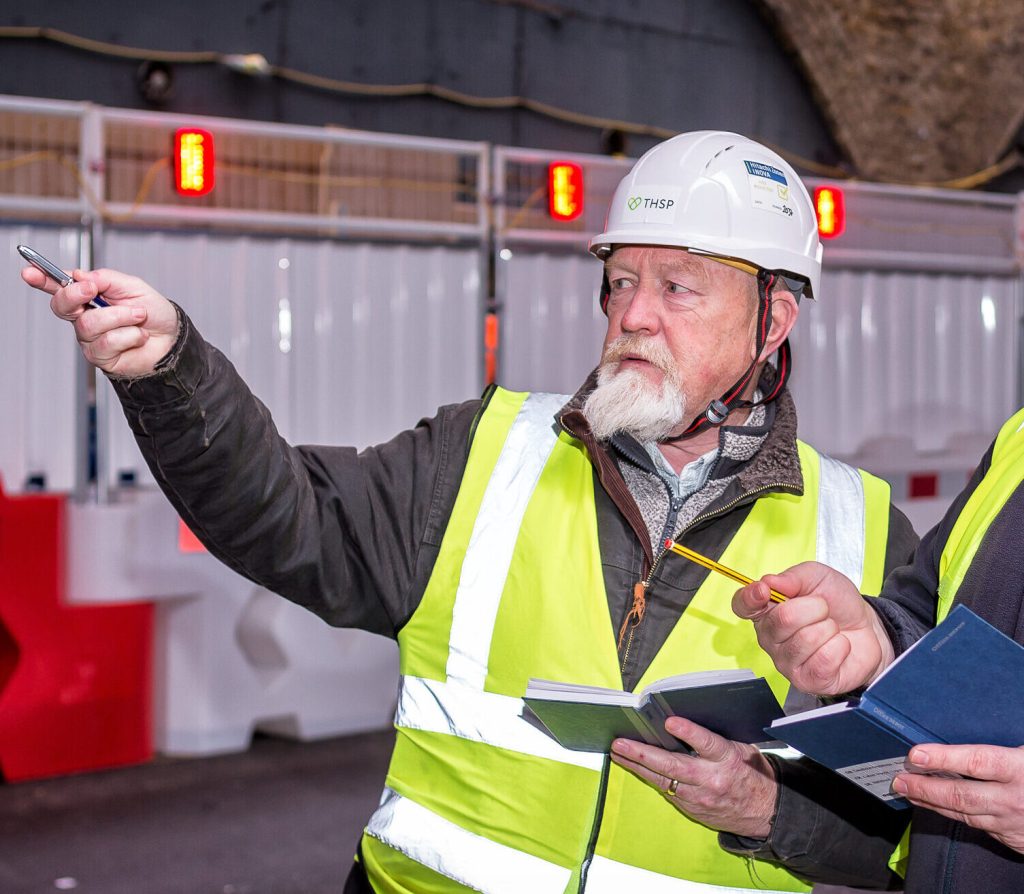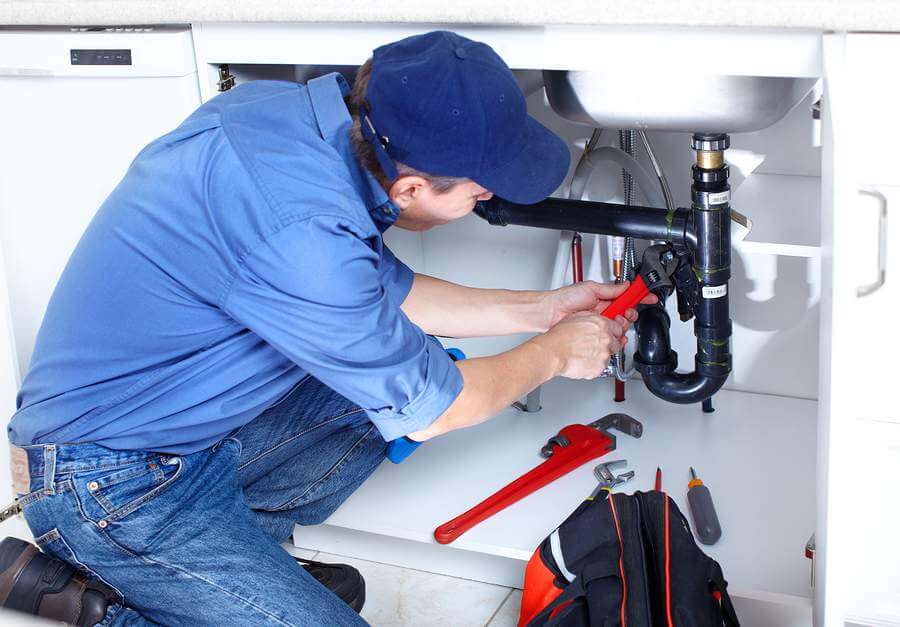Turning Incident Reports into Action
Managing workplace safety requires more than just documenting accidents—it requires actionable insight and real-time response. That’s where safety incident tracking software makes a significant impact. This digital solution doesn’t just log reports; it empowers organizations to move from incident identification to resolution with efficiency and accuracy. When integrated with robust manufacturing safety software, the result is a complete safety ecosystem that ensures every incident is investigated, corrected, and prevented from recurring.
Real-Time Logging of Critical Events
In fast-paced industrial settings, timing is everything. Safety incident tracking software allows frontline workers and safety managers to document incidents as they occur. The software captures essential details like date, time, location, severity, and people involved, all within a centralized system. Once connected with manufacturing safety software, this real-time data becomes the foundation for identifying trends, uncovering root causes, and reducing hazards across facilities.
A Central Hub for Safety Oversight
Gone are the days of disconnected safety logs and scattered documents. With safety incident tracking software, organizations can consolidate all incident data in one digital hub. The strength of combining this with manufacturing safety software lies in its ability to offer a 360-degree view of workplace safety. Supervisors, auditors, and compliance officers can view open cases, corrective actions, and follow-up results from a single dashboard, making oversight simpler and more transparent.
Automating Corrective Actions
One of the greatest advantages of safety incident tracking software is its ability to automate workflows. Once an incident is logged, the system can automatically assign tasks, notify relevant personnel, and track the progress of corrective actions. With manufacturing safety software enhancing this capability, actions can be linked to compliance requirements, training needs, or equipment inspections. This automation ensures no steps are missed and allows teams to focus more on implementation rather than administration.
Improving Accountability Across Teams
Accountability is key when resolving safety incidents effectively. Safety incident tracking software allows companies to assign responsibilities clearly, track completion timelines, and document verification steps. When used in tandem with manufacturing safety software, this creates a digital trail of accountability. Supervisors know who is responsible for what, and executives can see progress in real time. This visibility helps reinforce safety culture and ensures standards are upheld throughout the organization.

Enhancing Root Cause Analysis
Resolving an incident means understanding why it happened in the first place. Safety incident tracking software offers tools for conducting root cause analysis, supported by visual data, past incidents, and risk factors. By integrating these insights into manufacturing safety software, safety teams can identify systemic issues—like procedural gaps or recurring equipment failures—and develop solutions that target these root causes. This leads to better outcomes and fewer repeat incidents.
Empowering Frontline Employees
Frontline workers are often the first to witness unsafe conditions or near misses. Safety incident tracking software gives them the tools to quickly and easily report these concerns. This real-time input strengthens the organization’s safety monitoring and leads to faster interventions. When connected to manufacturing safety software, these reports feed directly into safety dashboards, making sure nothing is overlooked. Employees feel heard, and managers receive the insights they need to act decisively.
Ensuring Regulatory Compliance
Compliance is one of the biggest drivers behind safety system implementation. Regulations demand timely incident reporting, detailed documentation, and thorough investigation records. Safety incident tracking software ensures all compliance data is automatically captured and stored in an audit-ready format. When aligned with manufacturing safety software, the system can generate reports, schedule compliance tasks, and highlight any overdue corrective actions. This proactive approach reduces the risk of fines, shutdowns, or reputational harm.
Custom Dashboards for Real-Time Decisions
Not every user needs the same safety data. A line supervisor may want to view open incident reports, while an executive may need high-level trends. Safety incident tracking software offers customizable dashboards that present only the most relevant data for each user. When synchronized with manufacturing safety software, these dashboards provide powerful visual tools—graphs, heatmaps, and timelines—that support informed, real-time decision-making throughout the organization.
Long-Term Benefits for Safety Culture
Short-term fixes can only go so far. Safety incident tracking software helps build a sustainable safety program that evolves over time. By analyzing data and continuously improving based on insights, businesses can create long-term strategies that reduce risk across the board. With manufacturing safety software as a foundation, organizations gain a framework for continuous improvement—tracking not only what happened, but how it was resolved, and what was learned in the process.
Conclusion: From Reactive to Proactive
Success in safety management is no longer measured by how incidents are reported—but by how they are resolved and prevented. Safety incident tracking software is the bridge between identifying a problem and solving it. When combined with comprehensive manufacturing safety software, it empowers teams to take control, ensure compliance, and foster a culture of continuous safety improvement. The faster you move from report to resolution, the safer your workforce becomes.



